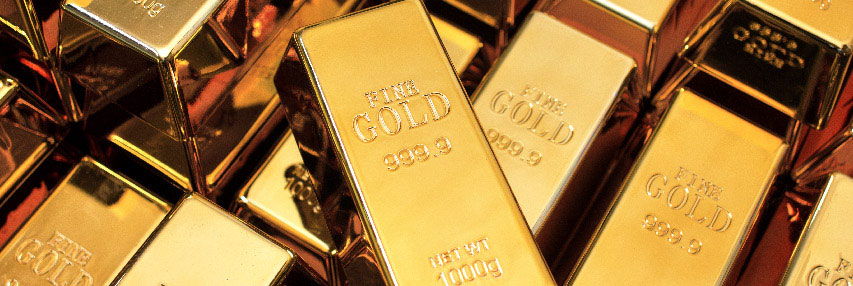Gold
I got a request to write something about the recent fall in gold prices. Gold had rallied the last decade through a combination of “it’s the end of the world” buyers and concerns about inflation. These concerns are now getting replaced with expectations for high real rates driven by growth and a Fed exit, and from expectations of low inflation. Consequently, gold has suffered. Oil – another hedge fund commodity favorite – has held on to its gains, showing support for some industrial commodities (and supporting a growth thesis – sort of).
We see this diverging trend between gold and oil continuing, but like positioning this tactically through currency (short AUD versus NOK and MXN) because of complimentary sovereign dynamics. However, we think later this year the market will realize the Fed isn’t going anywhere, providing a foundation for at least stability in the price of gold.
All That Glitters
Gold has been a staple in hedge funds since the rally started last decade. It’s cool to be a hedge fund manager, sit at a dinner table with a bunch of people you don’t know that well and say “You know, I just don’t trust the system. I own a lot of gold.” That’s usually followed by false threats that if taxes rise they will flee to New Zealand (taxes are higher, but the guys that said this to me are still here).
I never understood the appeal of this call. I mean, if the system really fell apart, I’d want canned foods to feed my family, and guns to take your gold. Can you imagine walking down the street post apocalypse with a giant bar of gold, looking for some Spam to buy?

Gold won’t feed you – or kill zombies
Gold prices should be driven by supply and demand, but sensitive to two factors: real interest rates and inflation. Because gold is not a yielding asset, the higher real rates go, the greater the opportunity cost for holding gold. That’s bad. However, if rates are going higher because of inflation (or even better, hyper inflation), gold should, in theory, rise in value as it is not a fiat currency (e.g., it can’t be printed). While not a fiat currency, remember gold is a faith currency (see guns, canned good reference above). To make things easy, I’ve included the handy chart below, showing how you’d feel as a gold owner.

So what’s happening in the market today? Real rates are rising, and inflation is stagnant. That’s the sad face in the chart above.

source: Bloomberg, Cabezon
Gold has also been a very crowded trade. Price action has been exacerbated by people falling over themselves to get out of the gold trade.

source: Bloomberg, Cabezon
Oil, unlike gold, has been holding up well. The crude futures curve is reasonably well behaved, exhibiting a level of backwardation (futures prices are below spot) that suggests crude isn’t overbought. Inventories have been range bound, and the political risk option is as alive today as it was a few years back (e.g., the idea that something bad in the Middle East would send crude north of $200, and prices capturing that optionality).
The Trade
I learned a long time ago that trading spot gold is a dangerous profession. Our best gold trades have always been in options – generally upside tail risk. Today, I like a slightly different take on things. I see the Australian dollar as a proxy for gold (they are the second largest producer), and some combination of Mexican Peso and Norwegian Krone as a proxy for oil. With further easing in Australia, and flat to tight policy in the latter two, I like the currency spread here. Positive carry, liquid and more going for each leg than the underlying commodity exposure.



